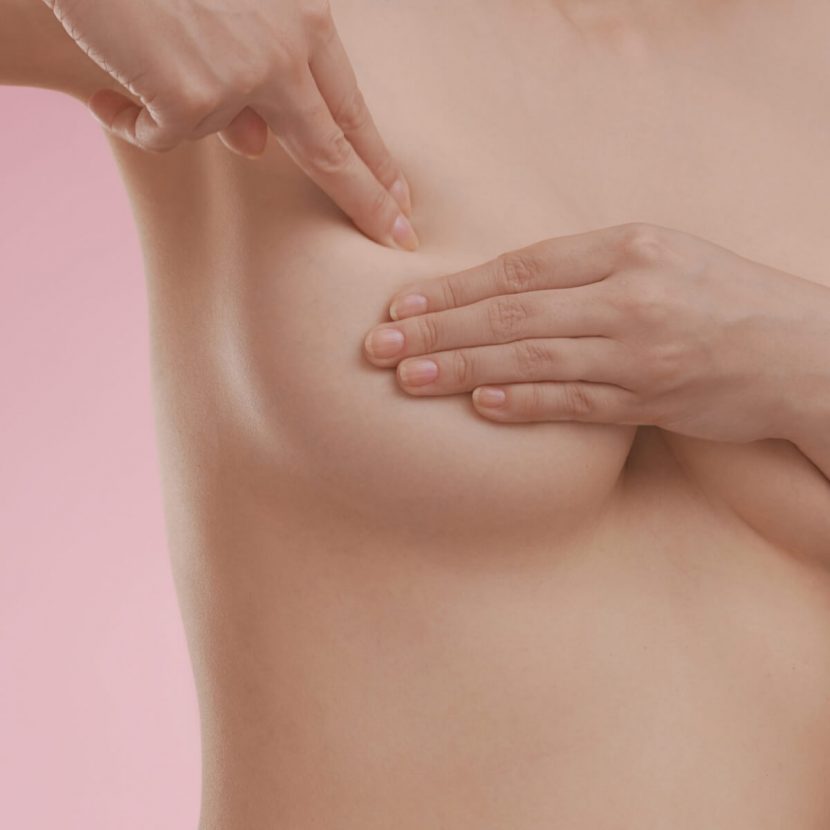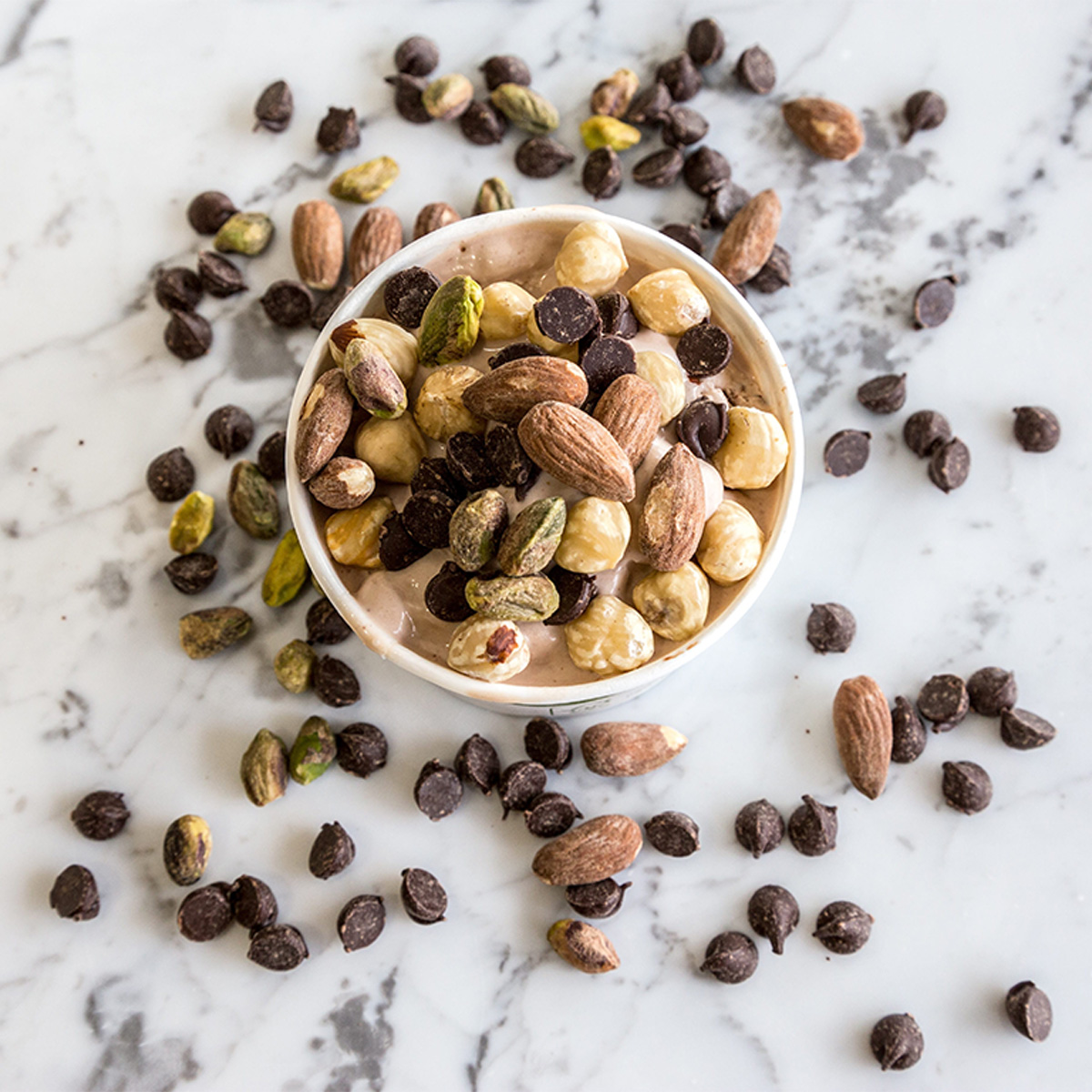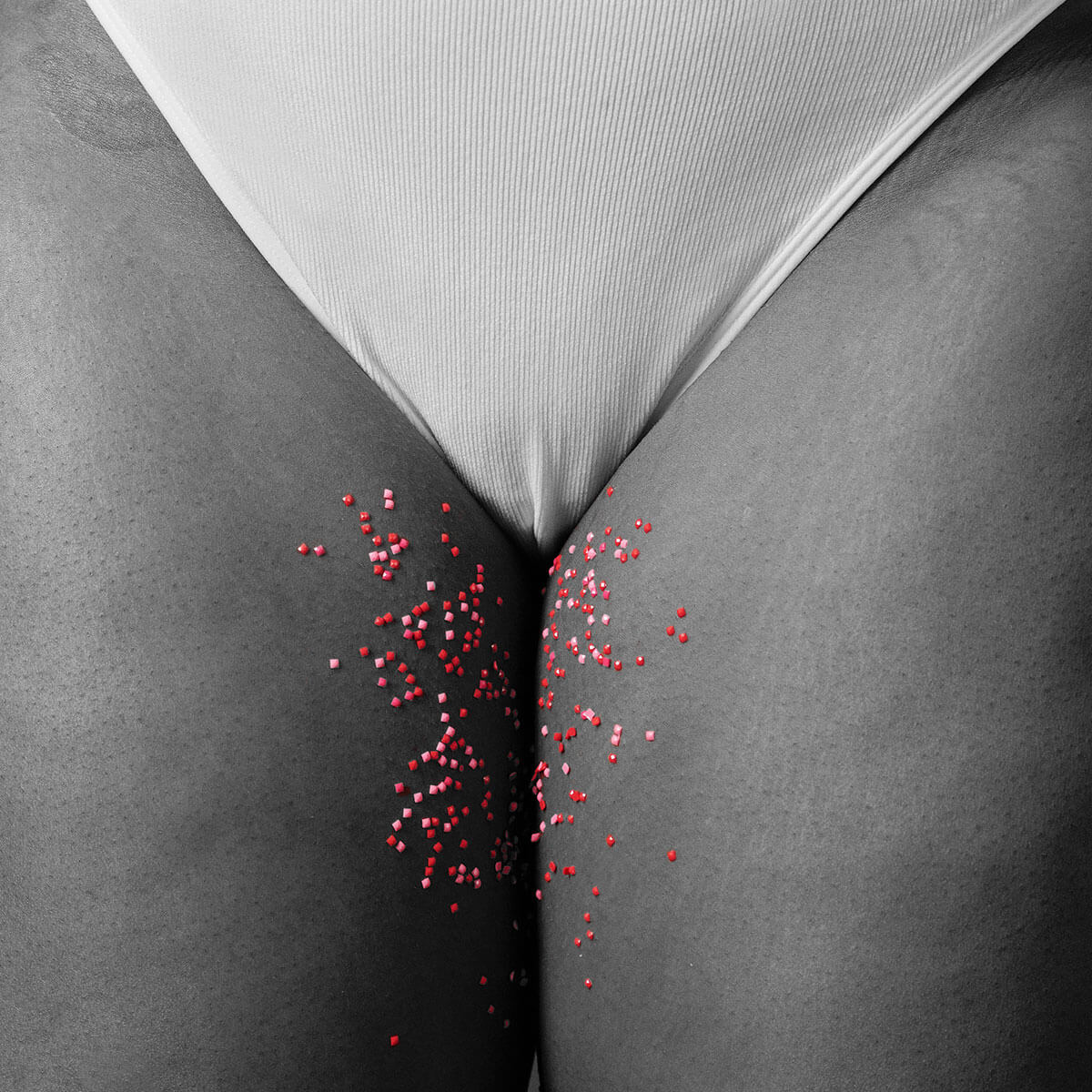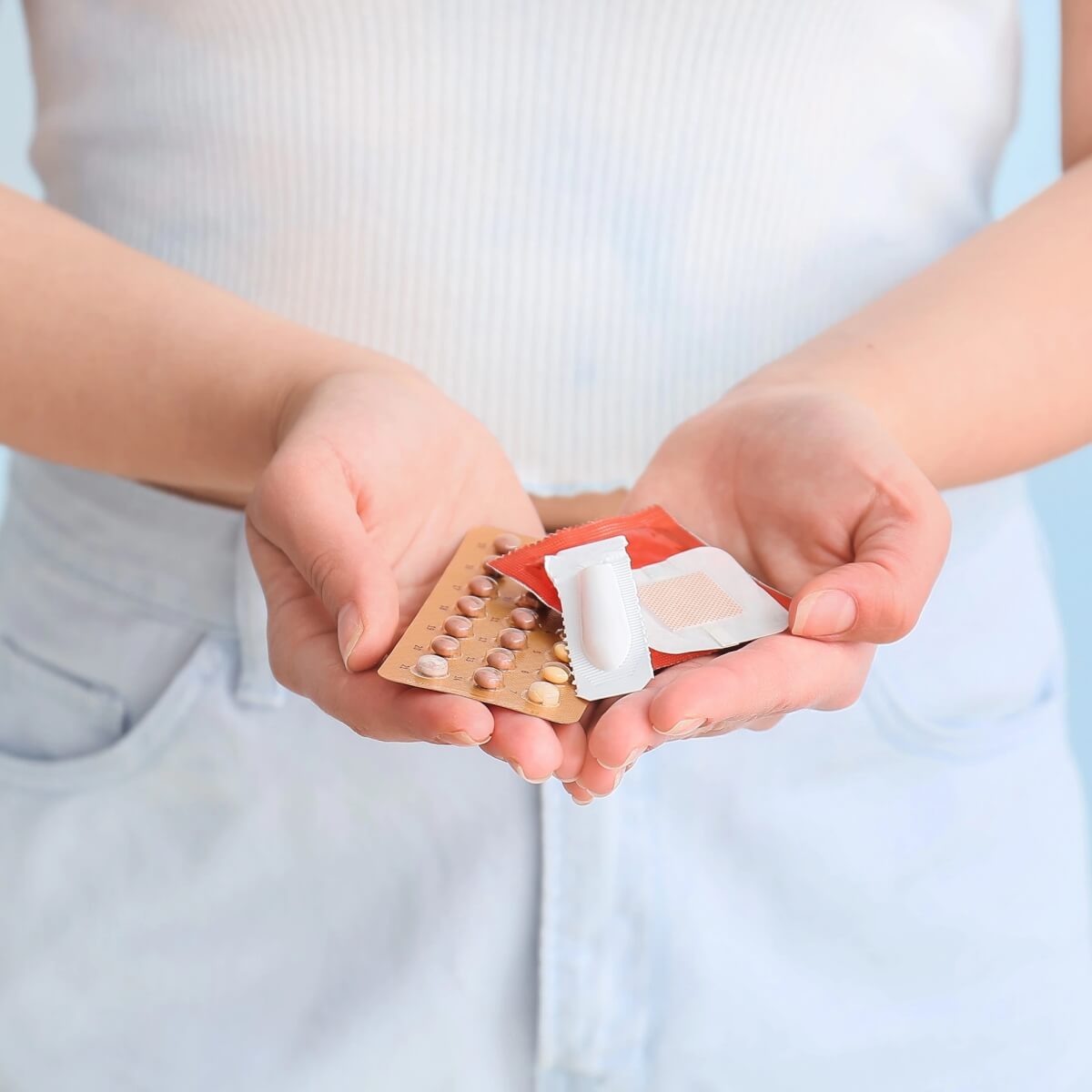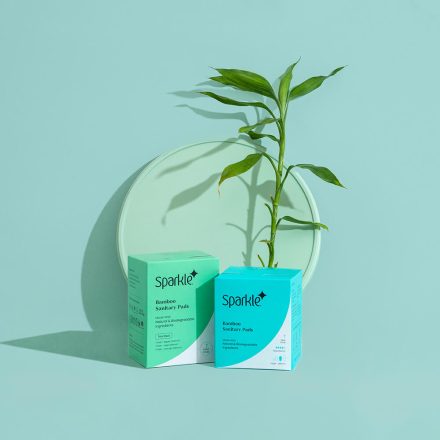With October being recognized across the world as Breast Cancer Awareness Month, this again brings about one important question – how many individuals are actually aware of the breast cancer detection process?
Even though the validity of the breast cancer screening process has been debated by several physicians, breast self-examination (or regularly examining your breasts on your own) is still considered to be an important method of detection. However, breast self-exams are not completely conclusive; this, in combination with other medically proven screening methods, have a high probability of catching nascent malignant (cancerous) tumours.
What is a breast self-exam and what should I look out for?
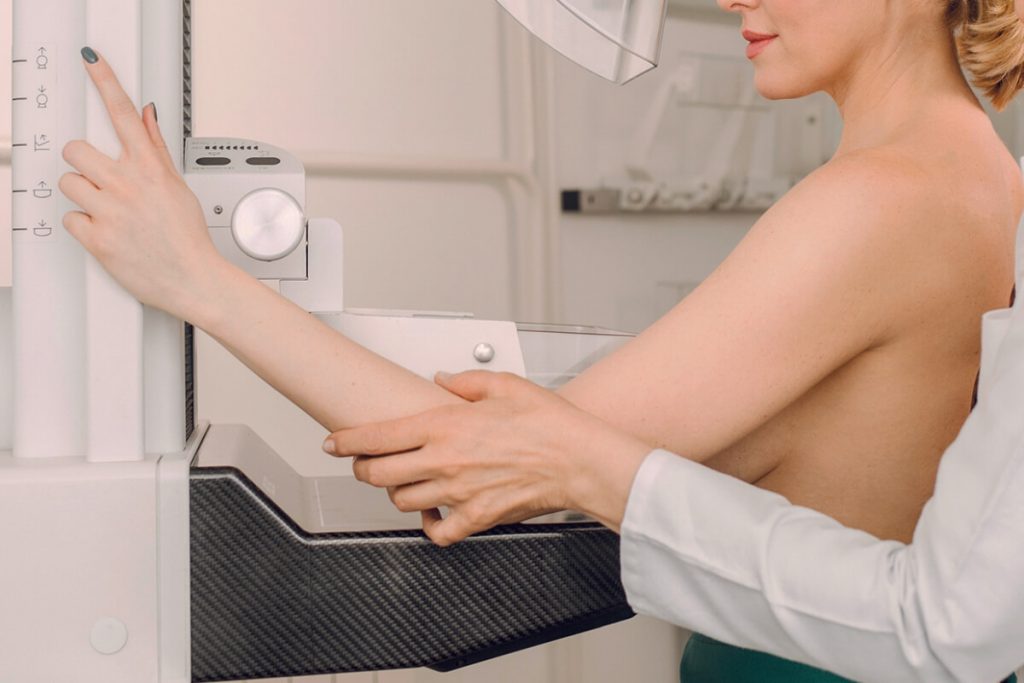
Breast self-exam is a useful and important screening tool. When coupled with regular physical exams prescribed by a doctor such as a mammogram, an ultrasound and/or an MRI, it is quite effective in detecting and alerting physicians to the possibility of breast cancer. Most doctors recommend that all women should routinely perform breast-self exams, and keep an eye out for any abnormalities or anything that appears out of the blue such as:
- Lumps or thickening in the breasts, under the arm
- Physical changes in the size or shape of breasts
- Sudden/bloody nipple discharge
- Skin irritation
- Changes in puckering or dimpling
- Persistent pain in the breast
For more tips on how to conduct self-screening effectively, check our article on 5 Easy Steps for Breast Self-Exam.
What happens after your breast self-exam?
Step 1: Keep a cool, calm, and collected head
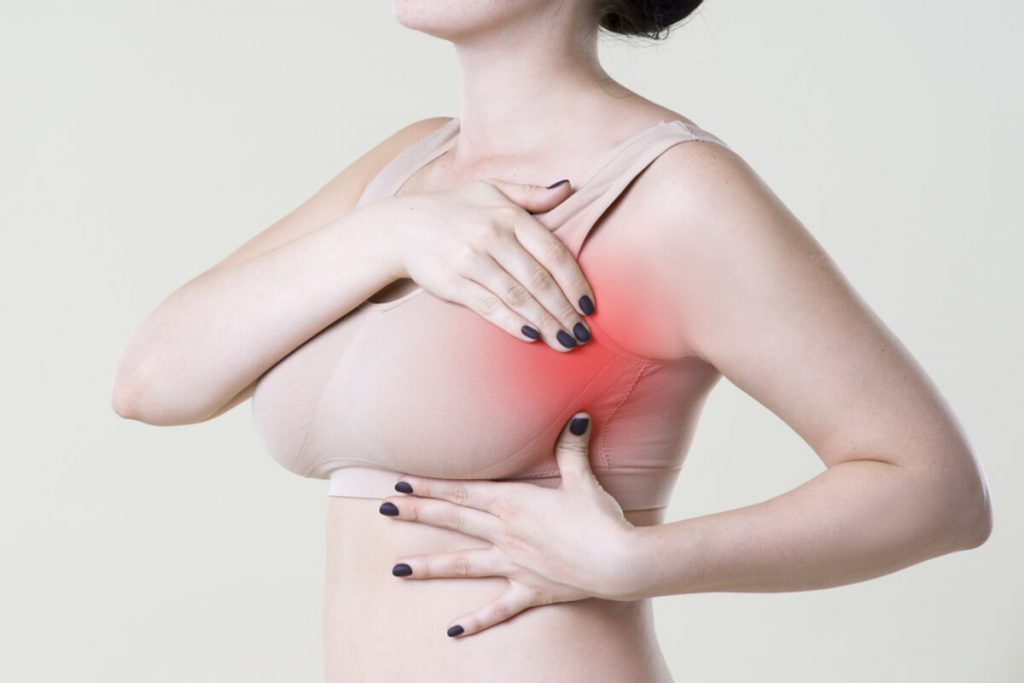
In the case, you feel a lump in your breast, or something that resembles a lump, don’t panic or think of the worst immediately. The reason being, lumps or lumpy areas are quite common in most breasts – in addition, a good chunk of breast lumps turn out to be benign (non-cancerous). Benign lumps can be caused by a host of reasons, hormonal changes, injuries, etc included. But do keep an active eye out, just in case.
Step 2: Contact your doctor if you notice any unusual changes
If you find any breast lumps that are worsening overtime or getting bigger/more prominent, contact your doctor if you feel that they are not going away on their own. You can contact anyone you are comfortable with – your general physician, gynaecologist, primary care doctor, etc.
Step 3: Know what’s in store
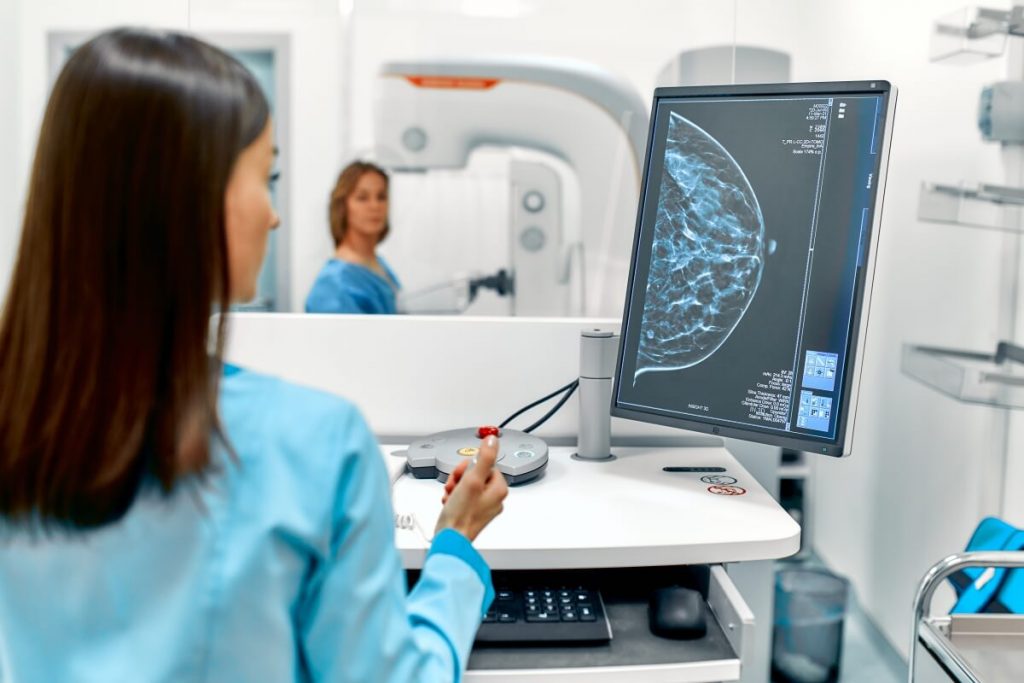
At your appointment, your doctor will ask for your medical history, physically examine your breasts, and will most likely recommend that you go in for breast imaging tests (mammogram, ultrasound, MRI and/or a biopsy). Depending on your age, at what stage you are in your life (pregnant/breastfeeding, etc), they will recommend these tests/scans, and if need be, they might even refer you to a breast specialist for further evaluation.
Step 4: There’s no harm in going for a second opinion
It is important to be well informed of all your options. If your first doctor is unable to give you the explanation you are looking for regarding your breast lumps, the tests being prescribed for you, and the course of action regarding it, you can always consult another medical professional who will be able to answer all your questions.
How can I include breast self-exams as a part of my checkup process?
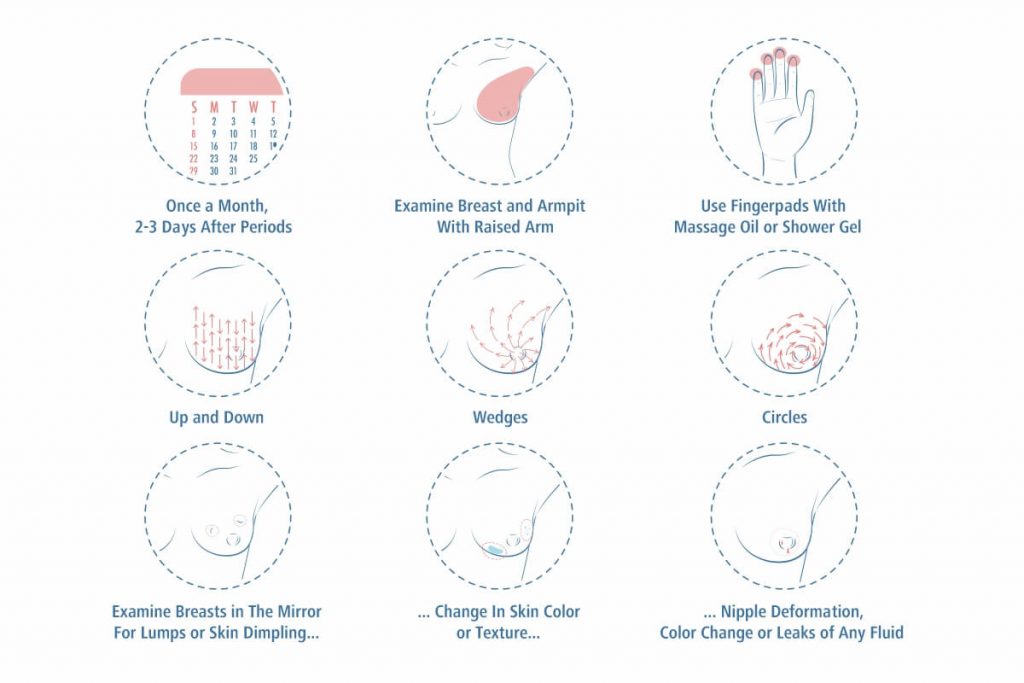
Step 1: Add it to your routine
In the grand scheme of things and the hectic lives we lead today, it is incredibly easy to get caught up in life’s nitty-gritty and lose out on the time to look after ourselves. A great way to ensure that you regularly check your breasts for any discrepancies is to add it to a part of your daily routine. For example, many people find it easier to examine their breasts when they are having a shower. If this works for you, try to get into the habit of doing a breast self-examination once a month when in the shower.
PS: Make sure to examine your breasts several days after your period has finished so that your breasts are not swollen or tender.
Step 2: Familiarize yourself with your breasts and their characteristics
The more you know about how your breasts should feel and what textures to expect, etc, the better you will be at detecting things when something feels awry. For example, the upper and outer areas of your breasts (near your armpits) are stated to have the most prominent lumps and bumps, while your lower breasts areas can feel smooth or sandy. This again differs from woman to woman. If you know your breasts in and out, you will know the moment something feels different.
Step 3: Record your observations
It is physically impossible for us to remember every little aspect or observation that crosses our mind. Our memories might be good, but it is incredibly easy to miss out on tiny details that could prove to be important down the line. The best way to keep a track of the changes in your breasts is to keep a small journal. Many individuals draw a small map of their breasts and write down where they feel lumps or irregularities. This way, you have a record of your breast self-exams, which you can show your doctor or gynaecologist if they ask you for your medical history. Do you have any tips on how to make breast self-exams part of a monthly routine? Share them with us today!
